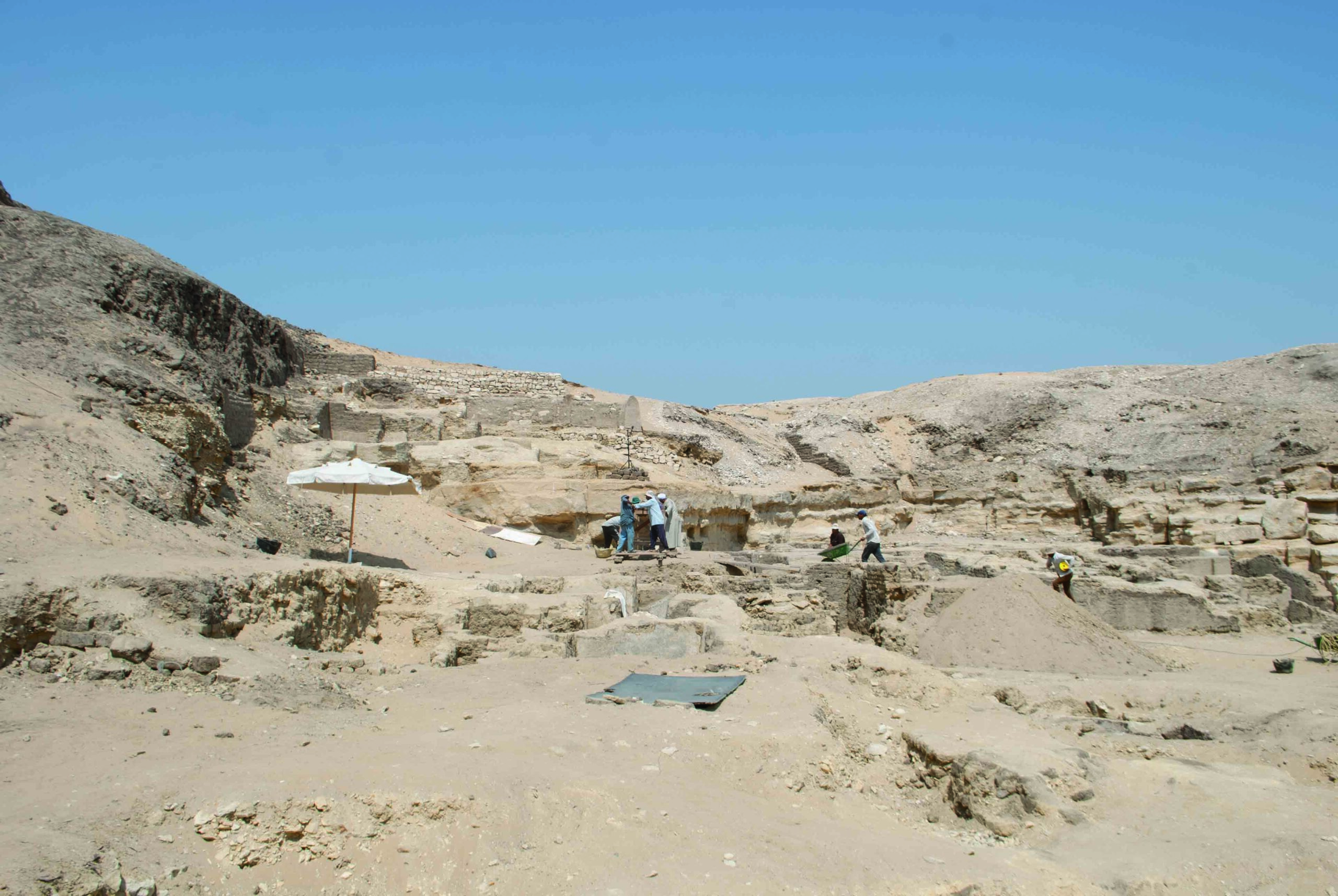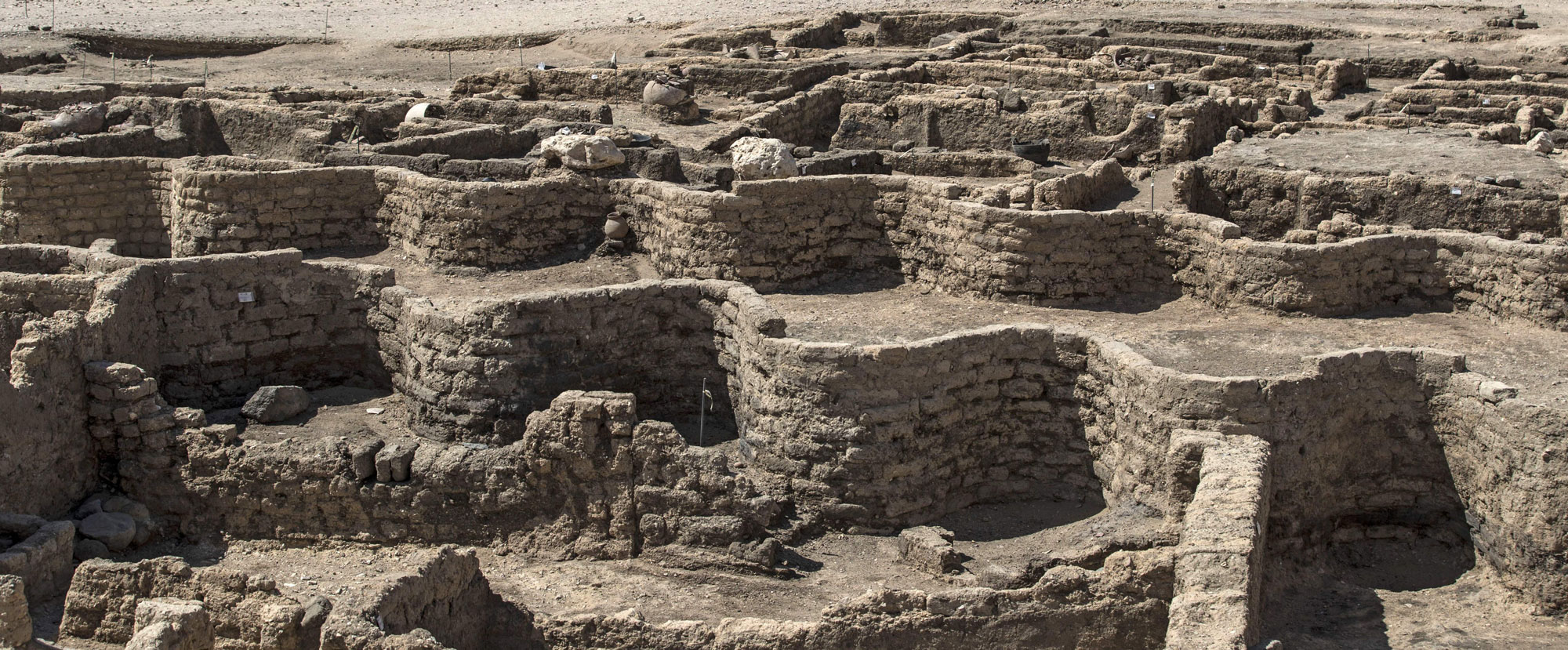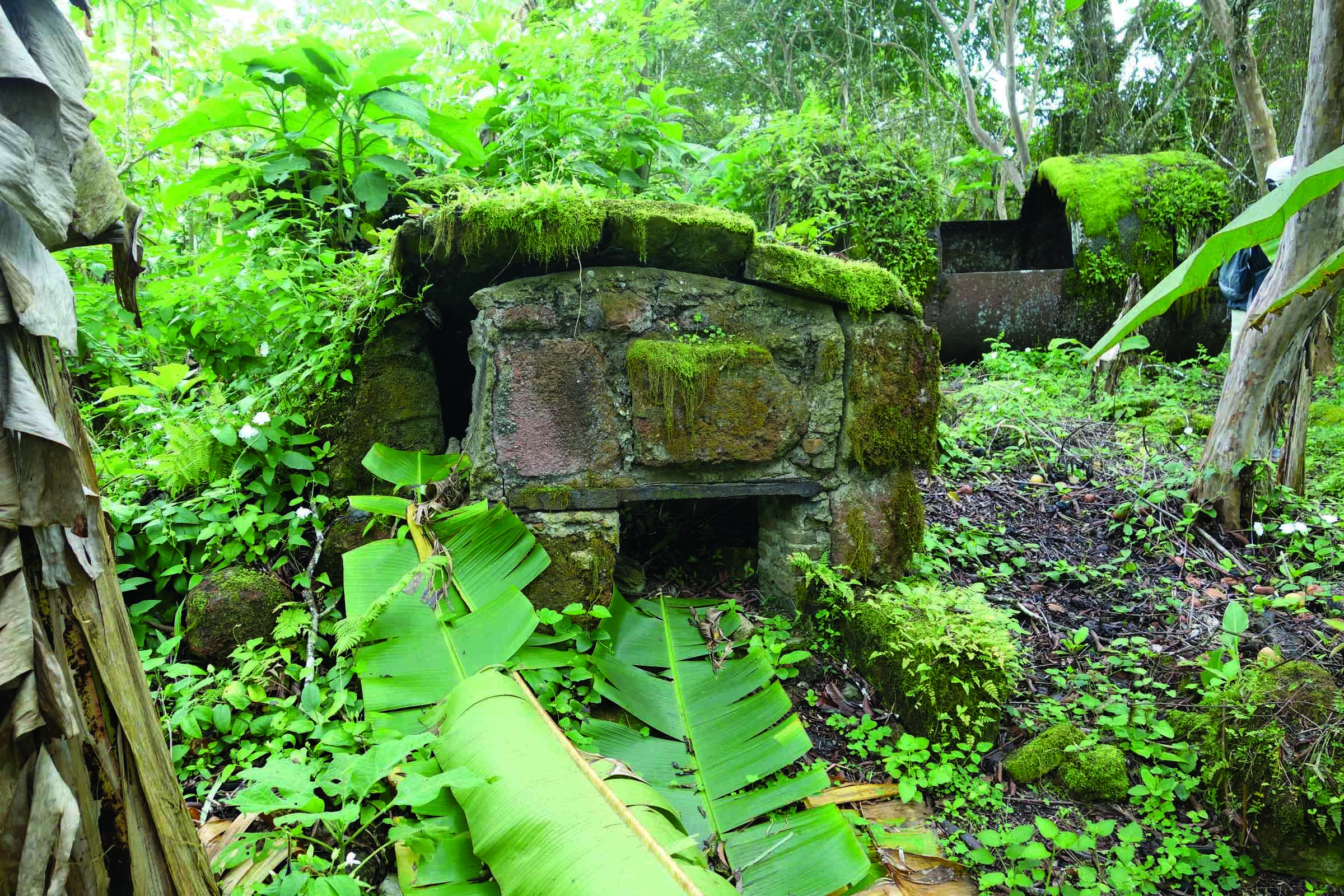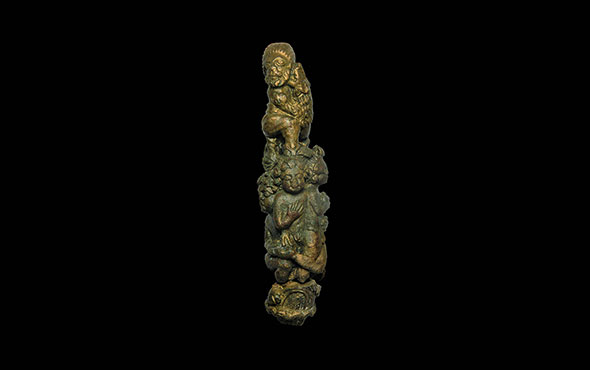
PRAGUE, CZECH REPUBLIC—Radio Prague International reports that 370 large vessels and other objects used during the mummification process in the sixth century B.C. have been found in a burial shaft in the Abusir necropolis by a team of Egyptologists from Charles University. The researchers found traces of natron, a substance used to dry the body, and detected residues of resins, oils, and myrrh in the jars. Unused limestone canopic jars, which were used to hold viscera removed from the body during the embalming process, were also recovered. “Interestingly, there were inscriptions on them including the name of the owner,” said team member Jiří Janák. “That’s what helped us identify the person to whom this deposit belonged.” Wahibre-mery-Neith, the owner of the tomb, is thought to have been buried in the structure adjacent to the mummification deposit, Janák explained. The team will continue to analyze the contents of the jars in an effort to shed light on the process of mummification. To read more about Abusir, go to “In the Reign of the Sun Kings.”










